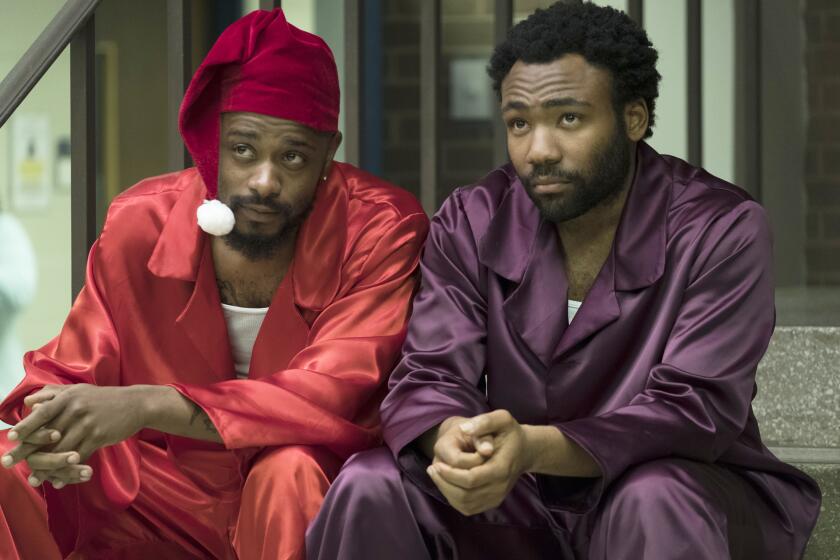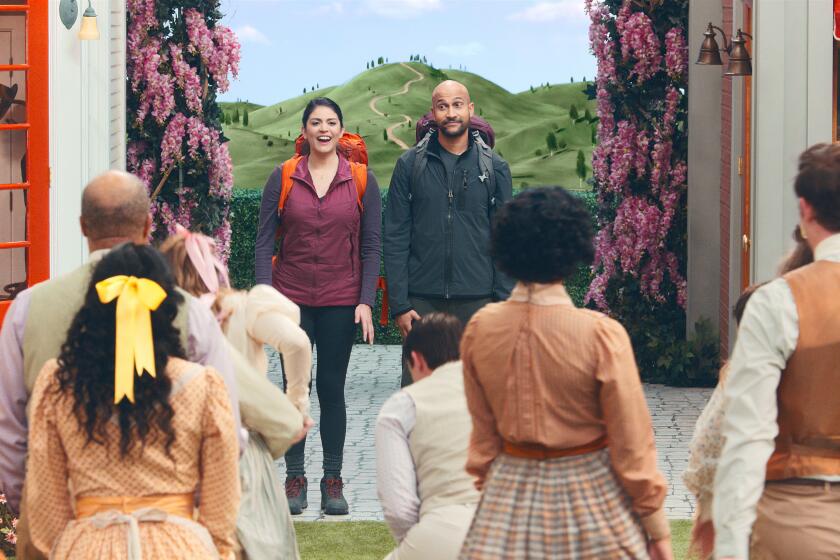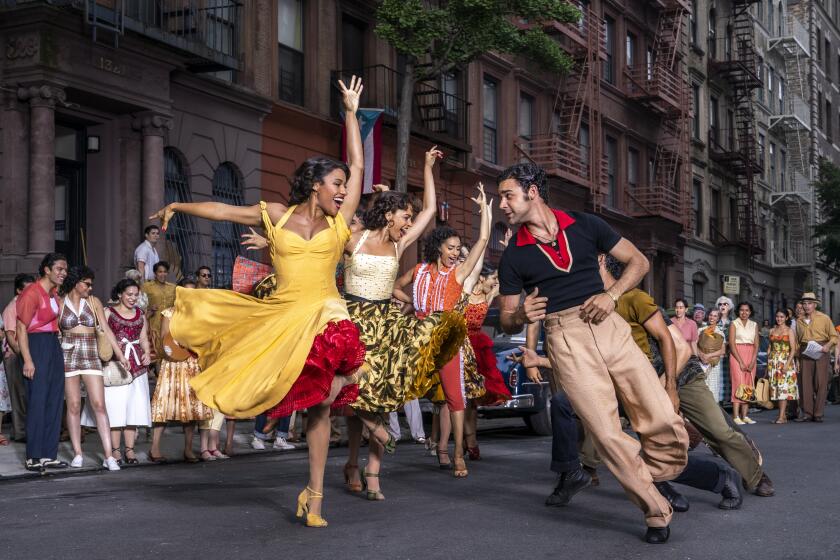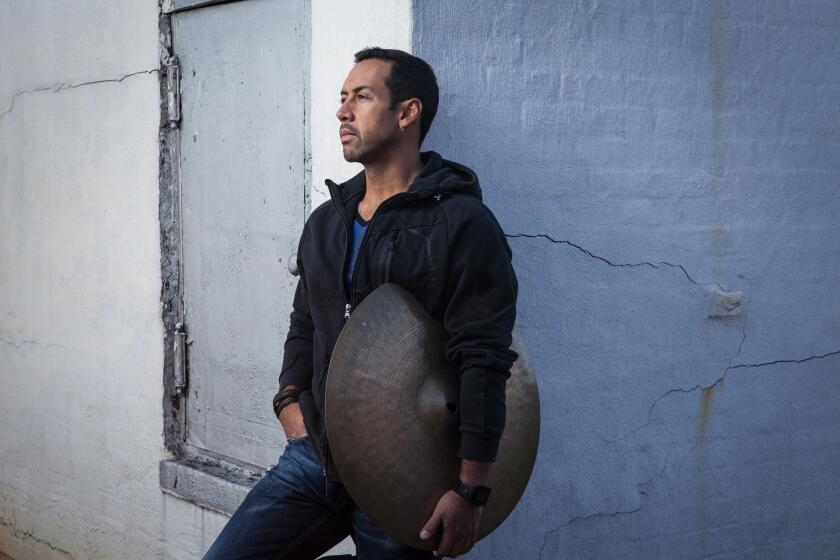‘Very Good Girls’ could be a better movie
“Very Good Girls”
Rating: R
When: Opens Friday
Where: Reading Gaslamp 15
Running time: 1 hour, 31 minutes
★★
“Very Good Girls” is the kind of film that looks good on paper.
The cast is a great mix of rising stars like Dakota Fanning, Elizabeth Olsen and Kiernan Shipka, and veteran favorites including Ellen Barkin, Richard Dreyfuss, Peter Sarsgaard and Demi Moore.
It has an emotional plot about coming of age, female friendship and virginity, which is basically an art-house moviegoer’s trifecta. And if that’s not enough, the soundtrack was done by indie musician Jenny Lewis.
But when it comes to actually watching the movie, which was written and directed by Naomi Foner, you keep wishing it were better.
“Very Good Girls” opens with Fanning’s and Olsen’s characters, Lilly and Gerri, running naked into the ocean, attracting glances and unwanted admirers and telling us right away that these are not very good girls.
The friends meet a guy selling ice cream on the boardwalk and, of course, that’s when the trouble starts.
David, played by Boyd Holbrook, is an almost laughable character, and not just because he looks like an off-brand Ryan Gosling. He’s an aspiring photographer with mood swings and he barely says anything. Still, David manages to give off enough smolder to attract the girls.
Gerri, the more outgoing friend, is vocal about her crush and seeks him out around New York City. Lilly, played with expert nuance by Fanning, keeps her desire for David to herself.
Eventually, David and Lilly begin a secret romance, and that leads to some beautiful, sun-splashed scenes by the ocean, as well as some odd moments that come out of nowhere. A scene in which a male ballet dancer takes off his shirt and begins leaping in the middle of a pickup basketball game feels like it’s trying too hard to be arty.
Lilly and David’s relationship predictably puts a strain on the girls’ friendship at a time when there are also big problems with each of their families.
There’s a lot of fighting and crying. And lots of moments of self-reflection, which seem to be excuses to have close-ups and lingering shots of Fanning and Olsen. But you don’t get a sense that you’re seeing anyone change or getting insight into their characters.
Get U-T Arts & Culture on Thursdays
A San Diego insider’s look at what talented artists are bringing to the stage, screen, galleries and more.
You may occasionally receive promotional content from the San Diego Union-Tribune.












